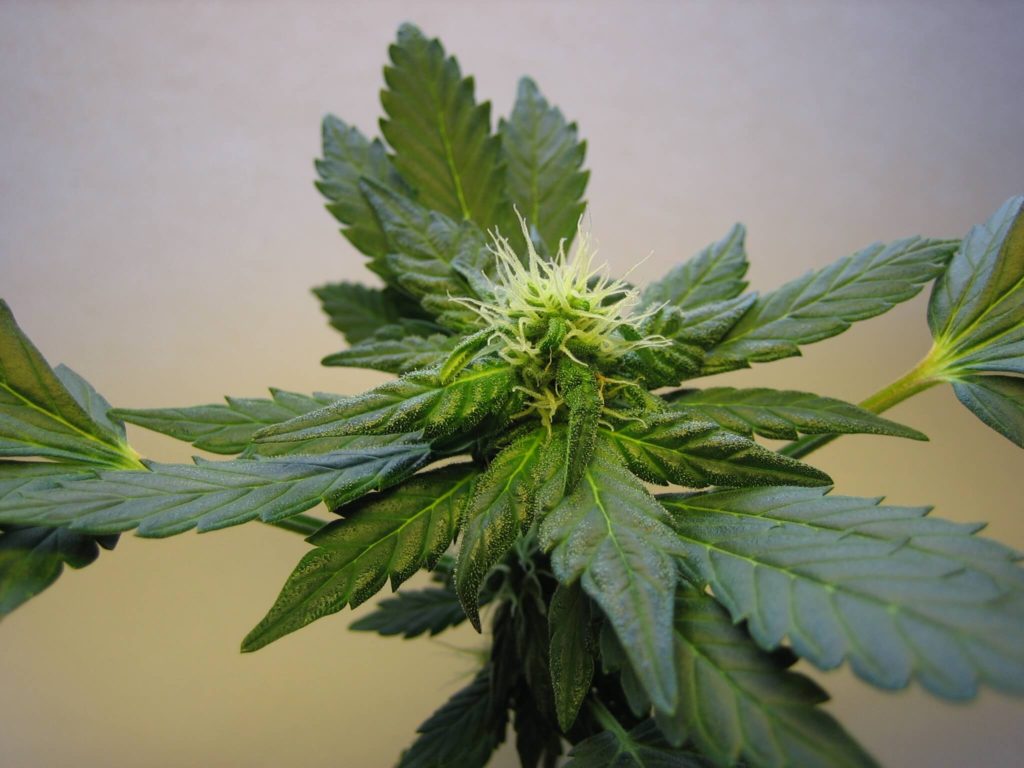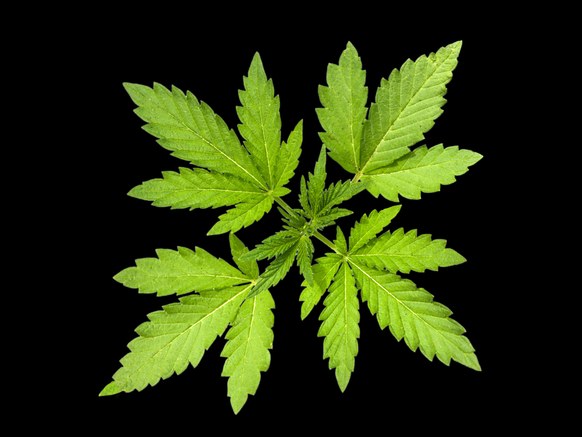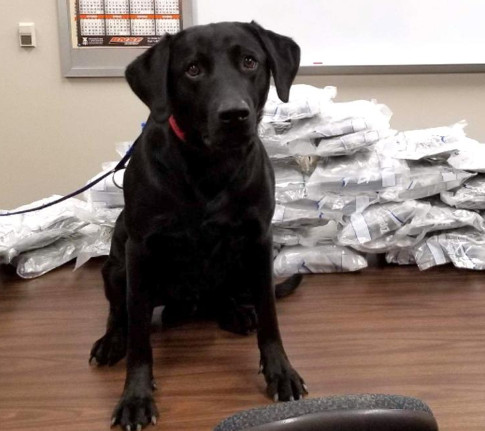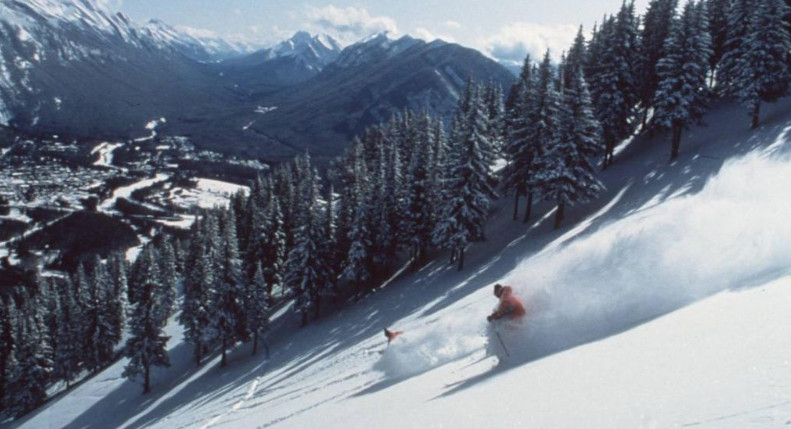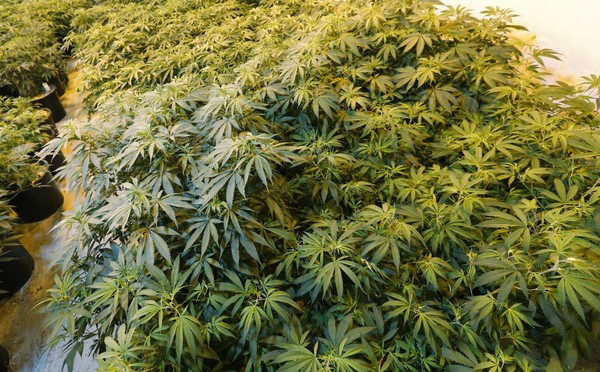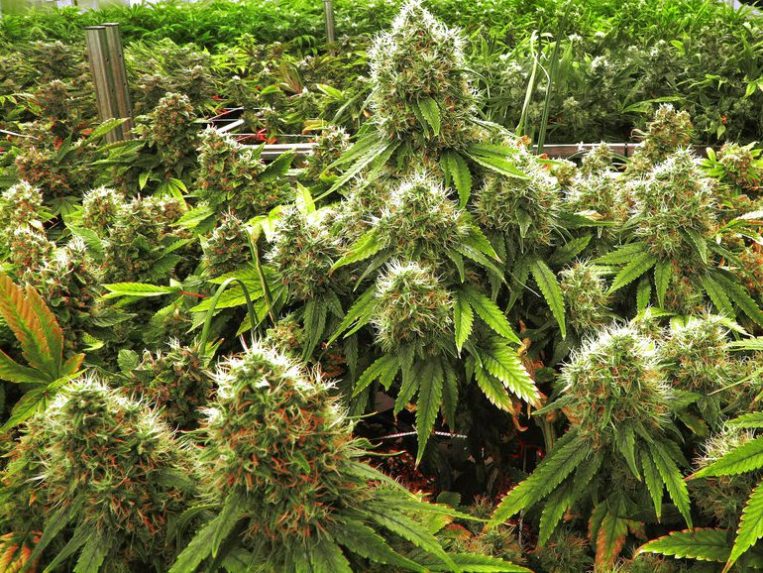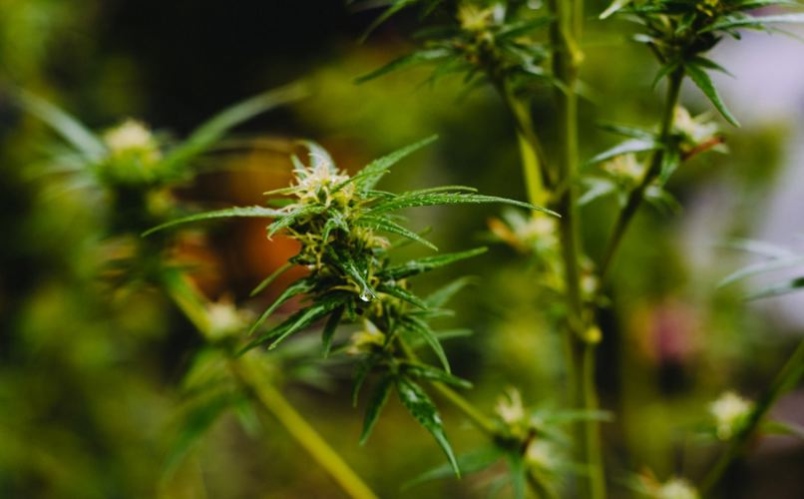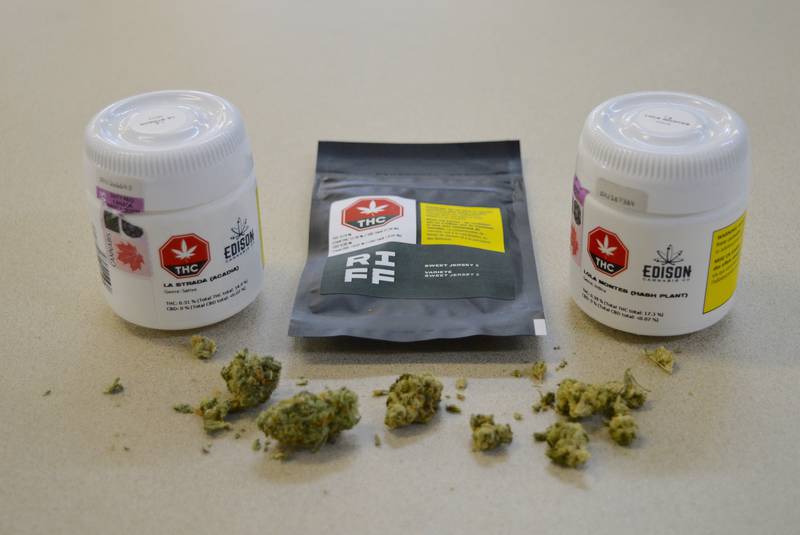With all the rain we have been having, the weeds are growing like they are on steroids. I can look around my own place and see that the Japanese Stilt Grass warm season species of the Poaceae (Grass Family) is really starting to take off. It probably came in around 1920 when packing material containing stilt grass seeds was discarded. The rest is history, and thus I am doing battle with this weed to keep it from taking over any spot where the soil has been disturbed. And Stilt Grass is just one of a host of weeds that can plague the avid gardener.
Weeds compete especially well with our garden plants such as vegetables and flowers. They can also compete with small fruit crops and other trees and shrubs but not as much as with garden plants. Some weeds are allelopathic, or secrete chemicals that are toxic to other plants. Many can harbor insects and pathogens that are damaging to crops.
Competition for water is most critical during drought, as many weeds are more effective at obtaining water than vegetable crops or garden flowers. Weeds also compete with garden plants for applied fertilizer, especially nitrogen. Application of nitrogen fertilizer may reduce the severity of the competition, but will not alleviate the problem since the applied nutrients will also increase weed growth. Light is another resource for which weeds and garden plants can compete. If a weed can grow on the garden plant, such as a vine growing on a plant, shading can reduce crop growth. Weeds can also compete for pollinators, such as bees, which may be more attracted to weeds than garden flowers.
Weeds can impact human health in at least four ways. Some weeds, such as black nightshade, are toxic if eaten. Others, such as poison ivy, can cause skin rash on people exposed to the plant sap. Plants, such as greenbrier, can cause puncture wounds from spines and thorns, plus prolific pollen producers, such as ragweed, can cause allergies.
We have aggressive weeds that can alter the look of the landscape such as kudzu, which is a great example. How many have seen kudzu growing over an abandon house in the south or over a forest of trees? Japanese Stilt Grass is another such weed that will colonize any disturbed soil and not allow the small trees seedlings to grow.
The best time to deal with the weeds is to take them out when they are small. Using a sharp hoe is a good way to prevent your weed problems from increasing and causing problems in your garden. Keeping weeds from producing seeds is a great way to prevent an increase in the seed bank in the soil. Given the variety of garden plants it is hard for the gardener to use an herbicide or chemical treatment. Timely cultivation is the best way to deal with weeds and also to get some exercise. I would also take time to learn to identify the weeds that are in your garden. There are annual and perennial weeds, summer and winter weeds, tall and short weeds but rest assured that you will have weeds in the garden.
I will leave you with one final weed: Common Purslane, (Portulaca oleracea) which you can eat but if you let go to seed you will hear the sound of the seeds being dispersed as you walk through the patch. You can hoe it up and let it sit on top of the soil and if it happens to rain, guess what? It begins to grow again.
Credit: www.newstimes.com


